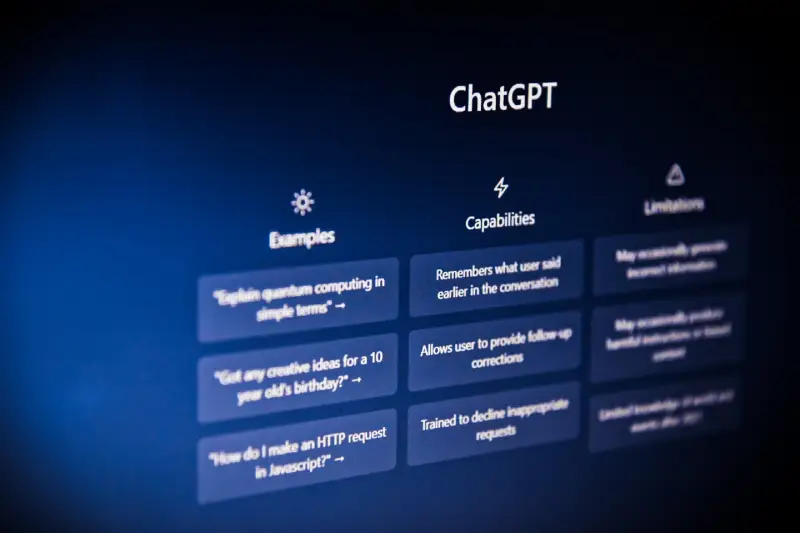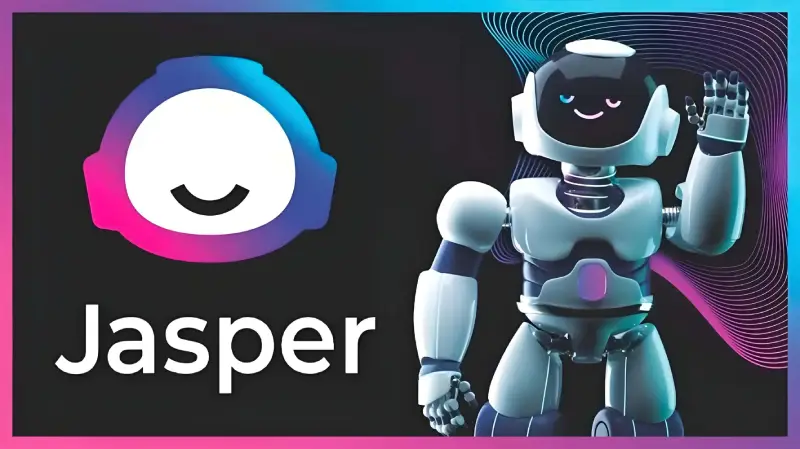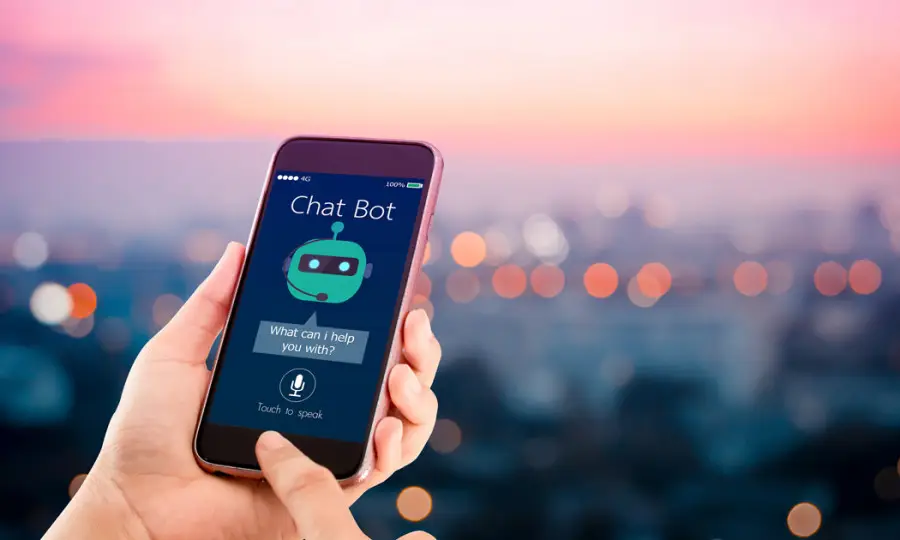Introduction
Artificial intelligence (AI) has made remarkable progress over the years, and two of the most talked-about concepts in this domain are ChatGPT and generative AI. While they are often mentioned in the same breath, there are significant differences between the two. Understanding these differences is crucial for businesses, developers, and everyday users who want to leverage AI in meaningful ways.
This article will explore what generative AI is, how it differs from ChatGPT, and other related questions to provide an in-depth understanding of the topic.
What is Generative AI?
Generative AI refers to artificial intelligence models designed to generate new content, such as text, images, videos, and even music. These models use deep learning techniques, including neural networks, to analyze vast amounts of data and produce outputs that mimic human-like creativity.
How Generative AI Works
Generative AI models function by training on extensive datasets to understand patterns and structures. These datasets allow AI to learn relationships between different types of inputs and generate new content accordingly. The underlying architecture often includes neural networks like transformers, Generative Adversarial Networks (GANs), and Variational Autoencoders (VAEs). These models use probabilistic methods to predict and generate new content, making them highly effective in tasks such as text generation, image synthesis, and even music composition.
Applications of Generative AI
Generative AI is widely used across multiple industries. In content creation, AI models like ChatGPT and Jasper AI assist writers in generating articles, blog posts, and social media content. Image generation tools, such as DALL·E and MidJourney, create high-quality artwork and illustrations based on text prompts. Music and video creation benefit from AI tools that compose soundtracks or generate deepfake videos. The medical field also leverages generative AI to discover new drugs by analyzing molecular compositions. In game development, AI assists in designing characters, environments, and storylines, reducing the need for manual creativity and labor.

What are Generative AI Examples?
There are numerous tools and applications that rely on generative AI technology. Some of the most notable examples include:
- ChatGPT – An AI chatbot that generates human-like text responses based on input prompts.
- DALL·E – An advanced AI model that creates realistic images from textual descriptions, allowing users to visualize concepts that don’t exist in reality.
- Bard – Google’s AI-powered conversational assistant designed to compete with ChatGPT by providing detailed and engaging responses.
- Jasper AI – A content-writing assistant that helps marketers, bloggers, and businesses create high-quality articles and advertisements.
- DeepDream – A tool by Google that enhances images by recognizing and amplifying patterns, creating surreal and artistic visuals.
- Runway ML – A powerful AI tool that provides real-time video editing and visual effects, allowing filmmakers to enhance their content with minimal effort.
- AIVA – An AI composer that generates original music tailored to specific genres and moods, revolutionizing soundtrack creation for media industries.
Is ChatGPT the Same as Generative AI?
No, ChatGPT is a specific type of generative AI, but generative AI is a much broader category that includes multiple models capable of generating different types of content.
Key Differences Between ChatGPT and Generative AI
ChatGPT is primarily designed for text-based interactions. It uses a transformer-based language model to process user inputs and generate human-like responses. Generative AI, on the other hand, includes a variety of technologies capable of creating images, videos, music, and more.
For example, while ChatGPT can assist in drafting an article, a model like DALL·E can create a visual representation of that article’s content. Similarly, while ChatGPT can simulate conversation, an AI like Runway ML focuses on generating video content. This distinction highlights that ChatGPT is just one part of the larger generative AI ecosystem.
What is the Difference Between AI and Generative AI?
Artificial intelligence is a broad field that encompasses various technologies, including machine learning, deep learning, automation, and robotics. Generative AI is a specialized subset of AI that focuses on creating new content rather than just analyzing or processing existing data.
AI vs. Generative AI
Traditional AI applications include self-driving cars, fraud detection systems, and voice assistants like Siri and Alexa. These AI systems rely on pattern recognition, data analysis, and decision-making algorithms rather than generating entirely new content.
Generative AI, by contrast, is designed to create novel outputs, whether they be text, images, music, or even 3D models. This distinction makes generative AI particularly useful in creative fields, while broader AI applications excel in automation, optimization, and predictive analytics.

Is ChatGPT Really AI?
Yes, ChatGPT is a form of artificial intelligence, but it is important to understand its limitations. While ChatGPT can generate responses that seem intelligent, it does not have true understanding or consciousness. It relies on pattern recognition and probability-based predictions rather than actual reasoning.
For instance, ChatGPT does not “think” in the way humans do—it merely predicts what word or phrase should come next based on previous interactions. This makes it highly useful for answering questions and generating text, but it lacks independent thought, self-awareness, or the ability to learn beyond its pre-trained knowledge base.
Is a Chatbot a Generative AI?
Not all chatbots use generative AI. Traditional chatbots follow rule-based decision trees, responding to user queries with preprogrammed answers. These chatbots cannot create new content but simply retrieve information from a database.
Generative AI chatbots, like ChatGPT, are different because they can generate unique, human-like responses. Instead of using static responses, they analyze input, understand context, and produce meaningful text dynamically, making them far more versatile and intelligent.
How Do I Use Generative AI?
Using generative AI effectively involves several steps:
- Choose the right tool – Depending on your needs, select an AI model that suits your goal (e.g., ChatGPT for text, DALL·E for images, AIVA for music).
- Provide clear input – The more specific your instructions, the better the AI’s output.
- Review and refine – AI-generated content may require editing and fine-tuning to meet quality standards.
- Use ethically – Ensure you comply with copyright laws and avoid misinformation.
Generative AI can assist in creative writing, marketing, design, and even business automation, making it an invaluable tool for professionals across industries.
Who Invented Generative AI?
Generative AI has evolved through decades of research, with contributions from multiple scientists and organizations. Some key milestones include:
- 1950s-1980s: Early AI research explored neural networks.
- 2014: Ian Goodfellow introduced Generative Adversarial Networks (GANs), a breakthrough in AI-generated content.
- 2017: Google introduced the Transformer model, the foundation for ChatGPT.
- 2020s: OpenAI developed advanced models like GPT-3 and GPT-4, making generative AI mainstream.

Conclusion
ChatGPT and generative AI are closely related but distinct concepts. ChatGPT is a specific implementation of generative AI designed for text-based interactions, while the broader field of generative AI includes tools for image generation, video synthesis, music composition, and more. Understanding these differences is crucial for effectively leveraging AI in various applications.

